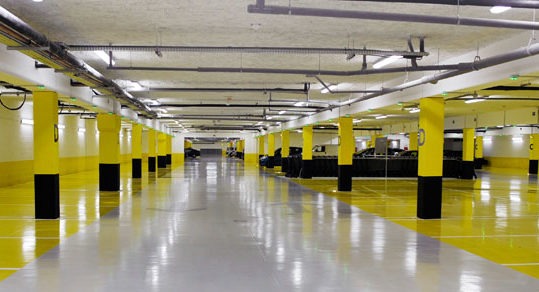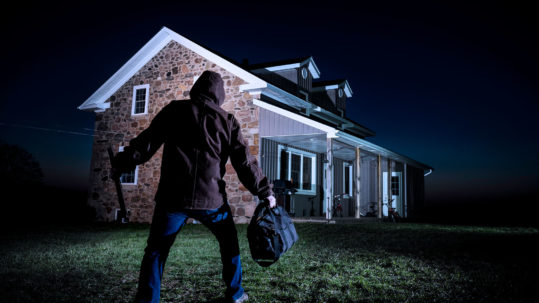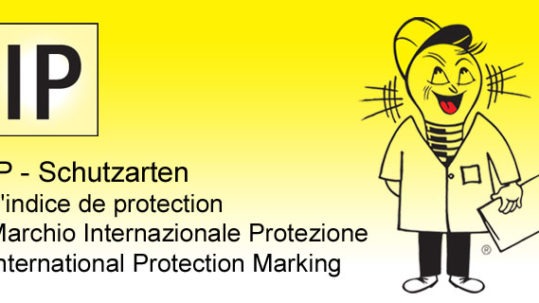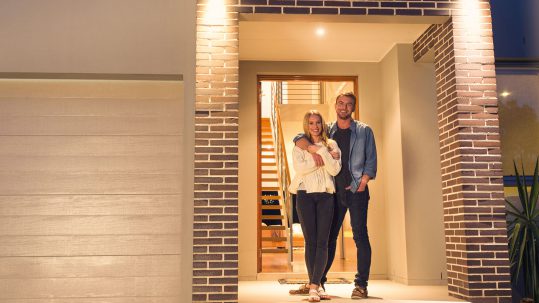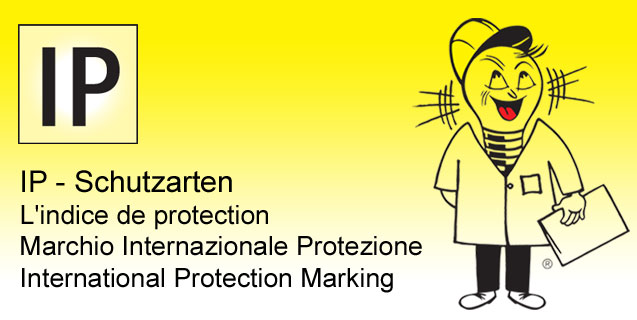
06 Jul Protection classes
Luminaires are divided into three protection classes according to their protection against excessive touch voltage;
PROTECTION CLASS I / PROTECTIVE EARTH / EARTHING
All electrically conductive housing parts of the equipment are connected to the protective conductor system of the fixed electrical installation, which is at earth potential. Movable equipment of protection class I has a plug connection with protective earth contact, a plug with protective contact or, in Switzerland, a three-pin plug. The protective earth connection is designed in such a way that it is the first to be made when the plug is plugged in and the last to be disconnected in the event of damage (see leading contact). The insertion of the connecting cable into the unit must be mechanically strain-relieved; when the cable is torn out, the protective conductor must be the last to break off.
If, in the event of a fault, a current-carrying conductor touches the enclosure connected to the protective conductor, a short circuit to the body usually occurs so that the miniature circuit breaker (fuse) or a residual current circuit breaker trips and switches the circuit voltage-free
PROTECTION CLASS II /
PROTECTIVE INSULATION
Equipment with protection class II has reinforced or double insulation between the mains circuit and the output voltage or metal housing (VDE 0100 Part 410, 412.1). They usually have no connection to the protective earth conductor. This protective measure is also called protective insulation II (safe electronic separation). Even if they have electrically conductive surfaces, they are protected from contact with other live parts by reinforced insulation. Movable devices of protection class II usually do not have an earthing contact plug; for connection, plugs are used that do not have an earthing contact; for large currents, these are contour plugs in Germany – plug designs that look similar to a Schuko plug.
PROTECTION CLASS III / PROTECTIVE EXTRA-LOW VOLTAGE
Protection class III equipment operates with safety extra-low voltage (SELV/PELV) and also requires reinforced or double insulation between mains circuits and the output voltage during mains operation. Devices that generate safety extra-low voltage (SELV/PELV), i.e. voltages not exceeding 50 V AC or 120 V DC from the mains voltage, require a safety transformer according to DIN VDE 0570-2-6 or EN 61558-2-6.
UP TO DATE
-
SUBSTITUTE FOR FL-TUBES AND ENERGY-SAVING LAMPS
Are you looking for replacements for energy-saving lamps and FL tubes that have been banned? We offer it. Whether for fa...
-
Light for outdoor paths and stairs
Path lighting and stair lighting. Paths to and around the house, the cellar entrance or the garage should be well lit. L...
-
Burglary protection – light is a deterrent
For additional safety lighting, spotlights or floodlights are mounted under the roof ridge, for example. Connected with ...
-
Protection classes
LUMINAIRES AND PROTECTION CLASSES In electrical engineering, protection classes are used to classify and identify electr...
-
Welcome! Light for the entrance
Light in the entrance area and at the front door is doubly important: it has......
-
Achieve (ambient light) effect!
Because indirect light shines diffusely, casts hardly any shadows, is optimally distributed in the room and does not daz...
-
The smart light window
Led panel lighting has become the talk of the town. Our standard Led Panels are......
-
Tips for private lighting planning
Eating, reading, watching TV, working or relaxing – the example of the living room shows......
-
Mirror head lamps / bulbs
The ban on incandescent lamps put an end to the head mirror lamp for a short time, because with the disappearance of the...
CONTACT
OPENING HOURS
Mo. – Fr.
07.30 – 12.00, 13.15 – 17.30
Sat. 09.00 – 16.00, continuous
VISIT US
Experience our Products
Ottenbacherstrasse 25
CH-8909 Zwillikon/Affoltern a.A.





